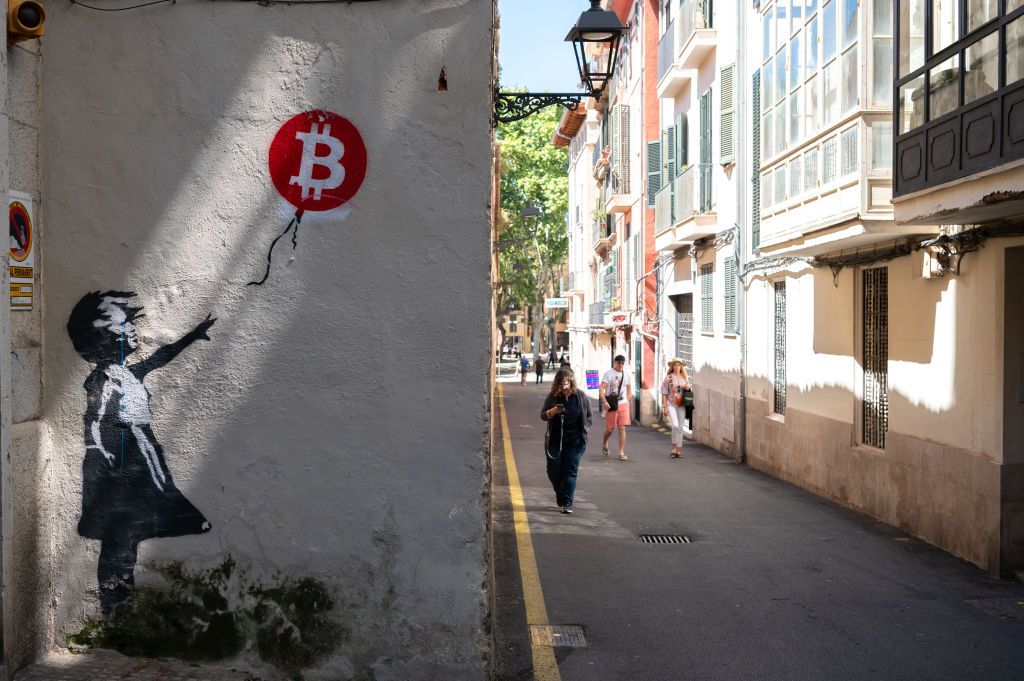Proof of History is a protocol built on the Solana blockchain to determine the time of transactions. Proof of History, which means “proof of history”, ensures the security of the blockchain network, while also helping the network run fast.
What is Proof of History?
Proof of History, which means “Proof of History” in Turkish, is a protocol used in the Solana network that tries to prove in what order the transactions taking place on the blockchain are and whether they are progressing correctly. In a traditional blockchain, reaching consensus on when a block was mined is just as important as knowing about the transactions in that block. The timestamp is very important as it informs the network (and any observer) that transactions occur in a particular order.
Solana is the only blockchain that uses the Proof of History algorithm. As such, the blockchain is incredibly scalable and can process up to 60,000 transactions per second. PoH ensures that it will take less time to determine the timing of a transaction.
On the other hand, Proof of History has a number of flaws. For example, this method has never been tested on a large scale. Therefore, it is unknown whether it actually works flawlessly. Also, several vulnerabilities and attacks have been discovered in Solana in the past, some of which were partially caused by PoH. As a result, it is not yet certain whether Proof of History is a secure consensus mechanism.

How Proof of History Works
Proof of History (PoH) overcomes the time barrier by reducing transaction weight and making the blockchain lighter and faster. Solana combines this system with Tower Byzantine Fault Tolerance (Tower BFT), a security system that allows users to stake tokens to vote on the validity of a PoH hash.
Proof of Stake and Proof of History are quite similar. This is because Proof of Stake turns into Proof of History. Both algorithms are built on the same foundation. Validators are used in both algorithms to guarantee that transactions are verified and new blocks are created.
However, there is a significant difference in how time is calculated between these two methods. The timestamp functionality is used in Proof of Stake. This means that each node depends on the timestamp of the network. Because time has to flow over the network first, the network will run slower.
This feature is not required for Proof of History. Because Verifiable Delay Function is used which calculates time based on historical events. After analyzing these occurrences, a hash function is created that can be validated by anyone. This hash is appended to every block created by the network. The method of determining the duration takes essentially very little time, which makes the Solana blockchain incredibly scalable in its current state.
The way Proof of History works can be summarized in 5 steps as follows:
- Users join the protocol.
- The 1st person verifying the network is assigned the first row and spends 5 seconds to find the block.
- The 2nd person verifying the network is assigned to the second rank and spends 5 seconds to find the next block. There is a 10 second transition in total.
- The 3rd person verifying the network is assigned the third rank and spends 5 seconds to find the next block. There is a total of 15 seconds of transition.
- The verification process continues in this order.
What is the Importance of PoH?
The PoH protocol is of great importance for the blockchain network. The working principle of the protocol offers some privileges and advantages. What is the importance of Proof of History?The answer to the question is hidden in the following items:
- Delays in the blockchain network are reduced.
- Reducing latency improves blockchain efficiency.
- With the Proof of Date method, the order of transactions is verified.
- It saves time spent on verification.
- Nodes spend less time choosing the order of operations.
- The time savings help to select the new validator joining the network faster.

Proof of History Advantages and Disadvantages
The Proof of History protocol has some disadvantages as well as advantages. low pay This is one of the primary advantages of this protocol. Solana compared to other networks like Ethereum cheaper transaction fees presents. It is also ahead in terms of scalability. Transactions on the network are very fast.
Looking at the PoH disadvantages, Solana is currently using it to verify transactions on its network. less than 1,200 validators uses. Also, the network is sometimes referred to as an “Ethereum killer”, but by comparison, the network is less dApps has. While about 350 dApps have been developed in Solana, more than 3,000 dApps have been created on Ethereum.







